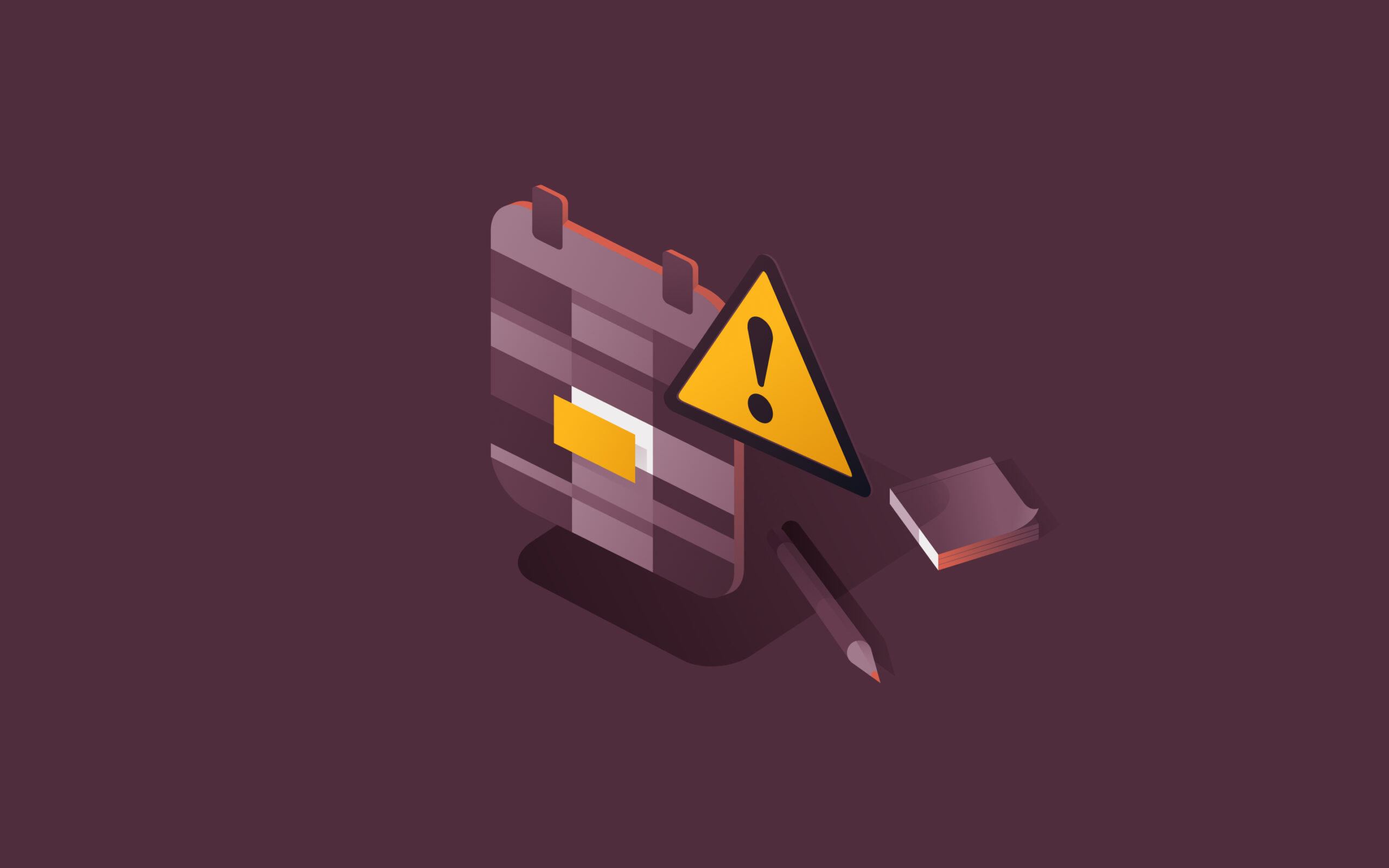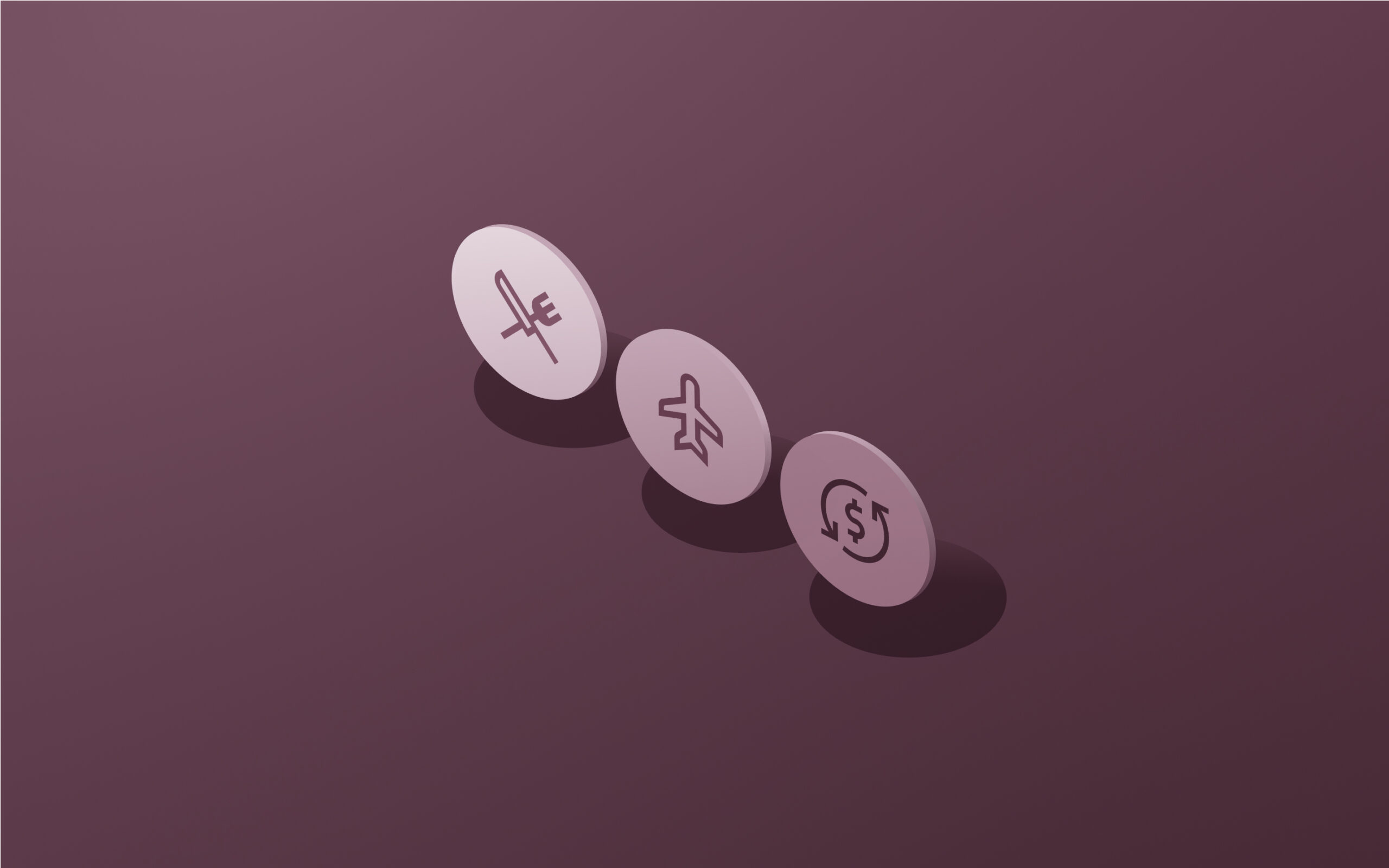How to track employee hours for better productivity: Tools and tips
Picture this: deadlines on the horizon, projects piling up, and your team working at full speed. But without the ability to track employee hours, how can you know if time is being used efficiently or if someone’s racking up unapproved overtime? Effective employee time tracking can help you avoid payroll headaches, keep projects on track, and ensure everyone’s using their time wisely.
Time tracking tools have come a long way, shifting from manual timesheets to sophisticated time tracking software. In this guide, we explain the benefits of time tracking, detail how to track employee time, and explore some of the best employee time tracking app options out there.
The benefits of tracking employee hours
Beyond just keeping you informed about when someone starts or finishes work, accurate time tracking offers real, tangible benefits that can help your business run more smoothly. Here are a few key advantages:
Manage overtime and payroll
Accurate time tracking ensures that you pay employees correctly based on their actual billable hours worked. Under the Fair Labor Standards Act (FLSA), non-exempt employees must receive time-and-a-half pay for any hours worked over 40 in a week. Tracking employee hours gives you real-time visibility into overtime, so you can keep labor costs under control and within budget.
By tracking overtime in real time, you can monitor when an employee is approaching the 40-hour threshold and adjust their workload to avoid unexpected overtime expenses and ensure payroll compliance.
Enhance project management
Using a time clock can give you insight into exactly how long various tasks and projects take, allowing you to allocate resources more effectively. For example, if a project is taking longer than expected, time tracker insights can help you identify any bottlenecks or inefficiencies contributing to the delay. Effective employee time tracking can put you in a better position to keep projects on track, ensure your team meets deadlines, and improve the overall efficiency of your team.
Increase accountability
When employees start tracking their billable hours using a time clock app or timesheets, they often become more aware of how they manage their time. For example, a salesperson using a time tracking app for client meetings and follow-ups can see where their hours are going, helping them prioritize high-value clients. This awareness fosters responsibility, as employees can have better oversight of how they spend their time and make adjustments to focus on high-priority tasks, ultimately improving productivity.
Managers can use billable time entries from a time clock to identify inefficiencies, compare time spent on tasks against outcomes, and provide targeted feedback to help teams improve performance.
Ensure compliance with labor regulations
Accurate time tracking is imperative for complying with both federal and state labor laws. For instance, in California, employees who work more than five hours have a right to a 30-minute unpaid meal break, and a paid 10-minute rest break for every four hours worked.
With time tracking software, you can automate compliance by setting up reminders for meal and rest breaks, helping to ensure employees take the necessary breaks and helping your business avoid costly fines or legal issues.
5 ways to track employee hours
There's a range of time tracking methods available to track employee hours, ranging from traditional time tracking approaches to digital solutions. Each method comes with its own set of pros and cons, depending on your specific business needs.
Manual timesheets
One of the oldest methods for employee time tracking is manual timesheets, where employees log their hours by hand. While simple and cost-effective, this time tracking approach is prone to errors—or even intentional time-padding, which can impact payroll accuracy. Manual timesheets require employees to remember and record their hours at the start and end of each workday, often leading to inaccuracies.
Many businesses that use manual timesheets have adopted digital versions, like Excel spreadsheets, but this still requires manual data entry, making it time-consuming and potentially causing administrative headaches when calculating total billable hours worked. The need to cross-check hours, correct discrepancies, and ensure accurate calculations can further complicate the payroll process, highlighting the limitations of this form of time tracking.
Punch clocks
Punch clocks provide a structured way to track employee time, with employees physically clocking in and out using a traditional time clock. This time tracking method reduces the risk of manual entry errors. Businesses typically use a manual time clock system in onsite settings, where employees punch in and out at a designated station, allowing managers to easily monitor attendance and ensure payroll accuracy.
As punch clocks have limitations when it comes to mobility—they’re a reasonable time tracking option for onsite employees, but less practical for remote teams or those who work in more than one location.
Automated time clocks
Automated time clocks use digital systems for employee time tracking, often through key cards, biometric scanning, or a mobile time tracking app with location-based tracking. This flexibility allows for accurate, real-time tracking even across multiple locations, as the system can automatically log time when employees arrive at designated sites.
These automated time tracking tools can often integrate with payroll systems, reducing administrative work and improving accuracy. While highly effective, automated time clock systems can be costly to implement, especially for smaller businesses.
Mobile apps
Mobile employee time tracking is becoming increasingly popular, especially for companies with remote or mobile employees. A mobile time tracking app offers a flexible solution, as employees can clock in and out like they would with a traditional time clock, but they can do it from anywhere via their smartphones.
However, if managers don’t monitor usage properly, inaccuracies can occur, such as employees forgetting to log time or clocking in from unauthorized locations. Using GPS tracking and geofencing features can help ensure accurate time logging.
Time tracking software
Time tracking software offers a modern employee time tracking solution, often integrated with other business systems, such as project management and payroll software. These employee time tracking tools typically offer advanced features, such as automated reports and GPS tracking, delivering a seamless time tracking experience. Though highly effective, time tracking software can require a greater upfront financial investment and may come with a learning curve for employees.
Best employee time tracking software
Ensuring smooth payroll processes, effective overtime management, and excellent workforce productivity starts with choosing the right employee time tracking tool. Below, you can explore some of the best options for employee time tracking software:
1. Rippling
Rippling is far more than just an employee hours tracker—it’s an all-in-one workforce management platform. All of Rippling’s apps, from Payroll and Benefits Administration to Performance Management and Time & Attendance are built on top of the same source of truth for employee data, allowing you to automate everything from employee onboarding and clocking in to deducting payroll taxes and direct depositing paychecks.
Rippling’s employee time tracking features are fully customizable, supporting complex schedules, time zones, and different employee types and work arrangements. And while other systems are error prone and require hours of manual work to reconcile, Rippling Time & Attendance syncs seamlessly with Payroll—approved hours automatically flow through, reducing manual data entry and errors.
2. Clockify
Clockify is a time tracking app available on desktop and mobile that helps employees log billable hours, while allowing employers to monitor project progress and bill clients efficiently.
This employee time tracking app supports both real-time tracking and manual time entry, making it easy to manage work across various projects. Clockify also offers features for managing expenses, generating invoices, and analyzing profitability.
3. Hubstaff
Hubstaff is a time-tracker and employee productivity monitoring tool that offers proof of work and payroll management solutions. The platform can track time across multiple devices, making it a great choice for remote teams requiring an in-depth view of productivity and time allocation. It also includes project management features like scheduling, GPS tracking, and daily focus time metrics.
4. BambooHR
BambooHR offers an intuitive platform built primarily for small to medium-sized businesses. Made with ease of use in mind, the software offers basic time tracking features like paid time off (PTO) management, as well as employee self-service tools, which can help reduce the administrative load on HR teams.
Rippling: Time tracking made effortless
With Rippling, you can manage Time & Attendance with less stress, thanks to automated time tracking and payroll, built-in compliance with local labor laws, and more features that empower you and your teams to make better staffing decisions across your workforce.
Reduce busy work by creating workflows customized to your business needs—automate enforcing your overtime policies, routing timecard approvals to managers before payroll runs, and more. Gain real-time visibility into attendance, labor trends, overtime, and more to catch gaps in your staffing, monitor burnout, and track where your employees’ time is going so you can make more informed decisions about your workforce and business costs.
And only Rippling is built on a single source of truth for employee data, so you can analyze, automate, and orchestrate across HR, IT, and finance.
Employee time tracking FAQs
Is there an app that keeps track of hours worked?
Yes. There are many apps that offer time tracking, providing real-time visibility for managers and employers. An employee time tracking app logs when employees start and stop working, sometimes even with GPS tracking or geofencing to ensure time tracking from approved locations.
What is the best way to track employee hours?
The best way to track employee hours is with time tracking software that syncs work hours to payroll, reducing errors and helping your team save time.
How can I track employee hours remotely?
For time tracking remotely, consider an employee time tracking app that works across devices. Employees log billable hours from any location, and the time tracking app provides real-time updates. For remote workers, the time clock app can start tracking without requiring them to physically clock in on an on-site time tracker.
How can time tracking software improve compliance?
Innovative employee time tracking software helps automate compliance. For example, some time trackers automatically apply overtime rules when an employee exceeds their regular hours, reducing compliance risks and simplifying employee time tracking.
This blog is based on information available to Rippling as of October 16, 2024.
Disclaimer: Rippling and its affiliates do not provide tax, accounting, or legal advice. This material has been prepared for informational purposes only, and is not intended to provide or be relied on for tax, accounting, or legal advice. You should consult your own tax, accounting, and legal advisors before engaging in any related activities or transactions.










